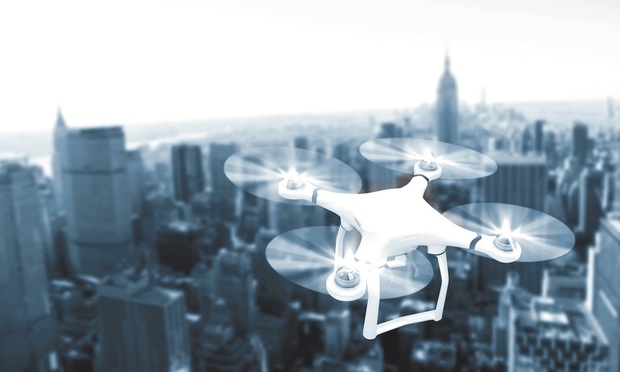 Referred to as “drones” by hobbyists, unmanned aerial systems/vehicles (UAS or UAV) have significantly evolved from their early days as military equipment to today’s commercial applications. With the advent of certain technologies at reasonable prices, UAVs are now typically equipped with sophisticated satellite global positioning systems, high-resolution cameras, real-time surveillance, obstacle avoidance technologies, and robotics.
Referred to as “drones” by hobbyists, unmanned aerial systems/vehicles (UAS or UAV) have significantly evolved from their early days as military equipment to today’s commercial applications. With the advent of certain technologies at reasonable prices, UAVs are now typically equipped with sophisticated satellite global positioning systems, high-resolution cameras, real-time surveillance, obstacle avoidance technologies, and robotics.
The information gathered by UAVs, however, is not selective—their sensors and cameras capture information about the entire area inspected, regardless of its relation to the UAV’s primary purpose. Thus a host of issues may arise when data is incidentally collected.
This content has been archived. It is available through our partners, LexisNexis® and Bloomberg Law.
To view this content, please continue to their sites.
Not a Lexis Subscriber?
Subscribe Now
Not a Bloomberg Law Subscriber?
Subscribe Now
LexisNexis® and Bloomberg Law are third party online distributors of the broad collection of current and archived versions of ALM's legal news publications. LexisNexis® and Bloomberg Law customers are able to access and use ALM's content, including content from the National Law Journal, The American Lawyer, Legaltech News, The New York Law Journal, and Corporate Counsel, as well as other sources of legal information.
For questions call 1-877-256-2472 or contact us at [email protected]






